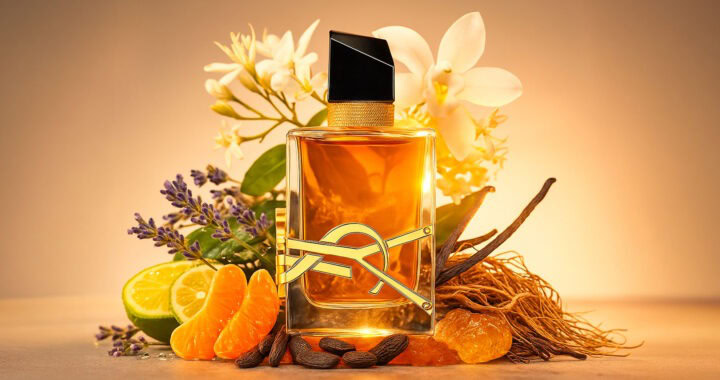
jasmine sambac
The Alluring Enigma of Jasmine Sambac: Nature’s Fragrant Marvel
Jasmine Sambac, often referred to as ‘Arabian Jasmine,’ is a plant treasured not only for its captivating aroma but also for its deep cultural and symbolic importance in various traditions. This evergreen vine or shrub, indigenous to Southeast Asia, is characterized by its year-round blooming and its most potent fragrance during nighttime. Its blossoms are a mainstay in the perfume industry, lending a fresh yet deeply sensual note to numerous luxury scents. Beyond its scent, Jasmine Sambac is a symbol of purity and love, frequently featured in religious ceremonies and weddings. The history of this plant is rich, with its name thought to be derived from Arabic, illustrating the intense emotions it can evoke.
Extracting Jasmine Sambac for perfumery is an intricate process. The flowers are picked before dawn and swiftly processed to capture their delicate fragrance through solvent extraction. The yield from this process is quite low, with a vast amount of flowers producing only a small quantity of absolute, highlighting the ingredient’s rarity and value. Cultivating Jasmine Sambac comes with challenges, especially concerning sustainability. Its popularity strains natural resources, underscoring the importance of sustainable agricultural practices to protect this botanical treasure and its ecosystem.
In perfumery, Jasmine Sambac is celebrated for its vibrant, green notes that meld beautifully with hints of orange blossom, musk, and other florals. This blend results in sophisticated and earthy perfumes that are cherished by fragrance enthusiasts worldwide. Jasmine Sambac remains a precious gem in the realm of floral ingredients, embodying a rich, aromatic legacy that continues to enchant in the world of perfumery and beyond.


Juicy Couture Just Moi: Sweetness, Identity, and Modern Femininity

Vera Wang LOVE: A Fragrance that Blooms at Dusk
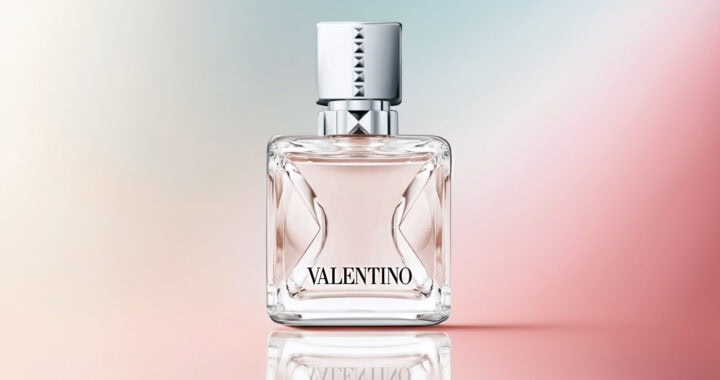
Valentino Valentina 2025: A Radiant Expression of Feminine Joy and Elegance

Cacharel Ella Ella Eau de Parfum: A Journey of Transformation and Radiance

Carolina Herrera Good Girl: A Bold Expression of Modern Femininity

Carolina Herrera Good Girl Colormania: A Bold Celebration of Color and Femininity

Hugo Boss Alive Absolu: Embrace the Power of Confidence with an Intense New Fragrance
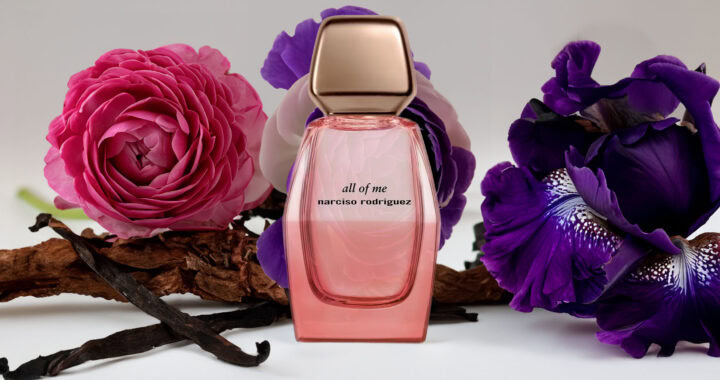
Narciso Rodriguez All Of Me Eau de Parfum Intense: A Bold New Chapter in Floriental Musk

Experience Urban Elegance with Donna Karan’s New Fragrance: DKNY 24/7
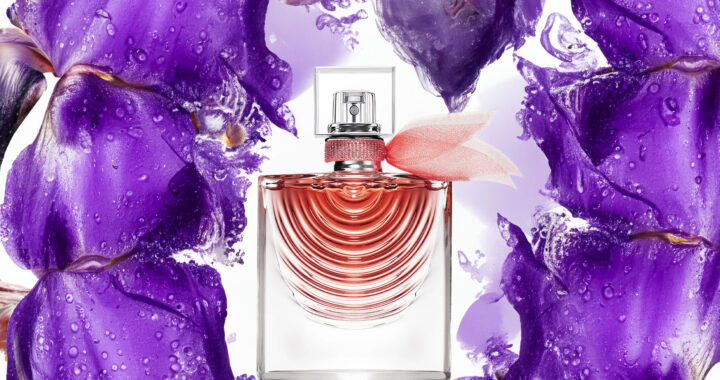
Discover Elegance Redefined: Lancôme’s La Vie Est Belle Iris Absolu

Embark on a sensory journey: Tom Ford’s Neroli Portofino Parfum introduces a new summer symphony
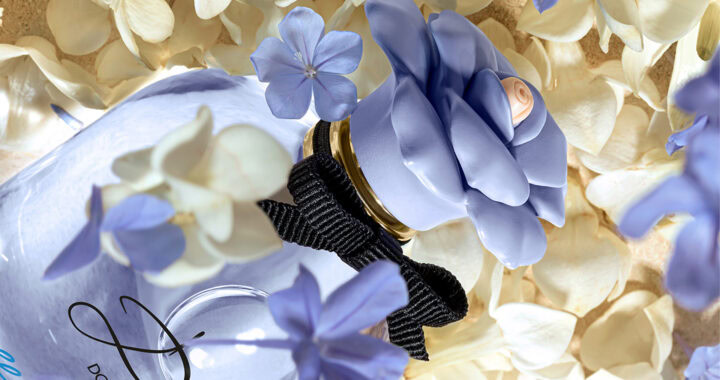
Dolce&Gabbana Dolce Blue Jasmine Eau de Parfum: A Fragrant Symphony
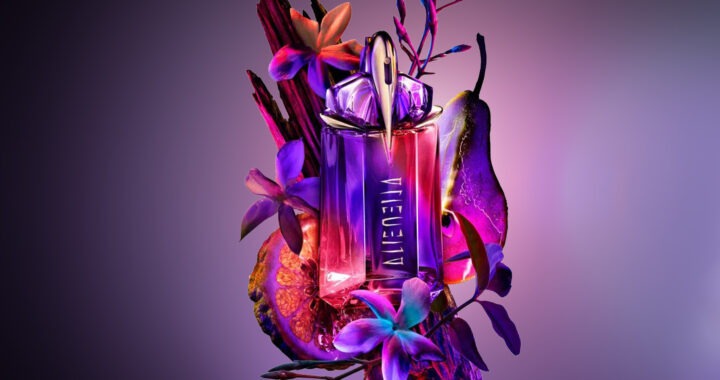
Introducing Alien Hypersense Eau De Parfum: A Transcendental Fragrance Journey

Chloé L’Eau de Parfum Lumineuse: A Captivating Ode to Authentic Femininity

Unleashing Seduction: L’Interdit Eau de Parfum Rouge Ultime
